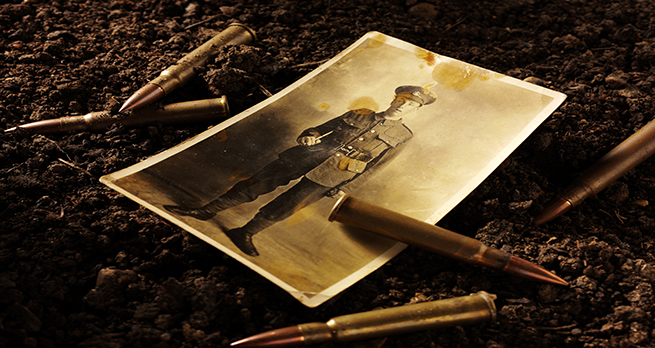2.1 Atrocities against civilians
Mistreatment of civilians was not an entirely new phenomenon in the First World War. Armies had always been bad news for civilians who encountered them. Early twentieth century examples of modern warfare had already given an insight into what was to come: the first aerial bombardments were executed in Italy’s war against Libya in 1911, and the Second Balkan War of 1913 had seen atrocities committed against civilians, including the destruction of villages and the murders of their inhabitants.
However, these crimes seemed to be explicable to many onlookers with the ethnic tensions that existed in the Balkans. News of such atrocities aroused international condemnation, but also a sense that such acts would not be possible among the larger, ‘civilised’ nations. However, that civilised façade broke down almost as soon as war had broken out in August 1914.
From 1914 onwards, new military technology exposed civilians to greater risks than ever before. War at land, at sea and from the air turned civilians, including women and children, into targets. The blurring of distinctions was particularly apparent in smaller states like Belgium, which relied on a citizens’ militia for its defence, making it harder for the invading German army to distinguish between soldiers, armed civilians and innocent bystanders. As you saw when you looked at casualty figures, this new type of warfare led to civilian deaths and injuries on an unprecedented scale.

